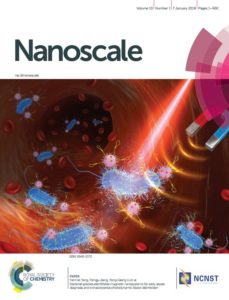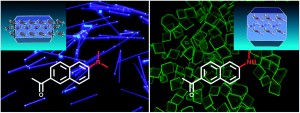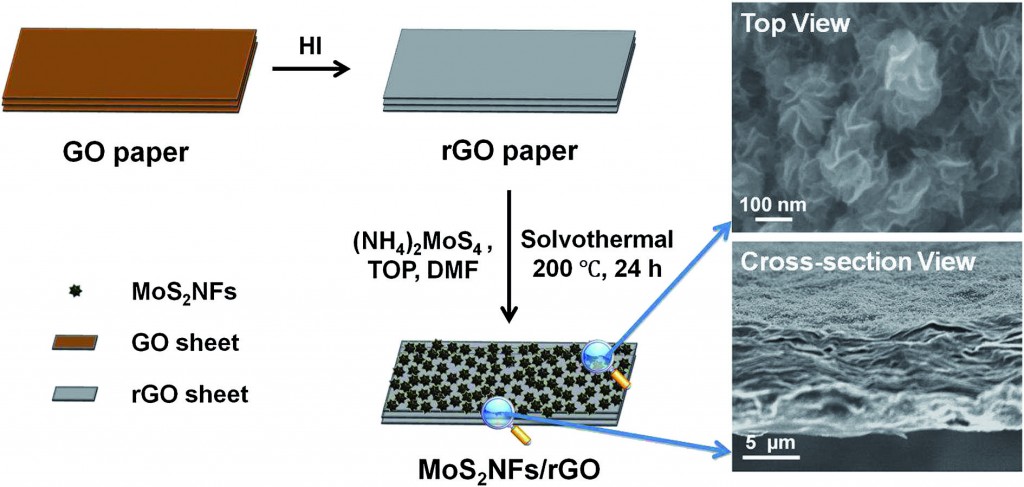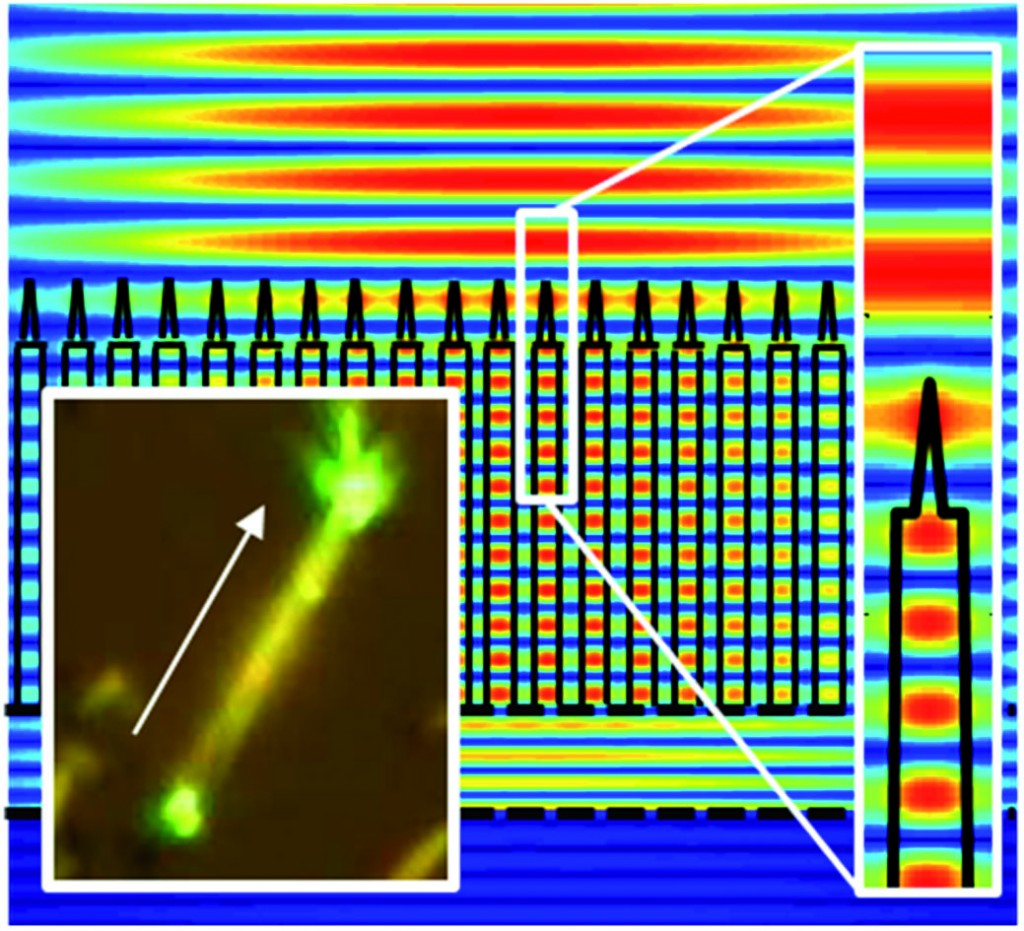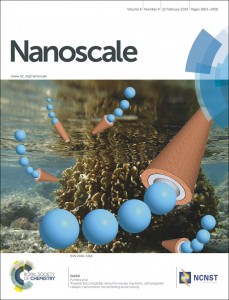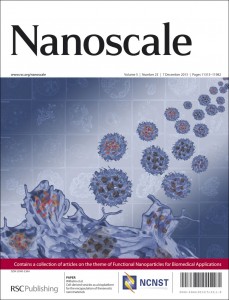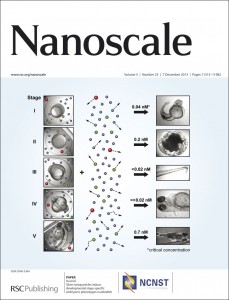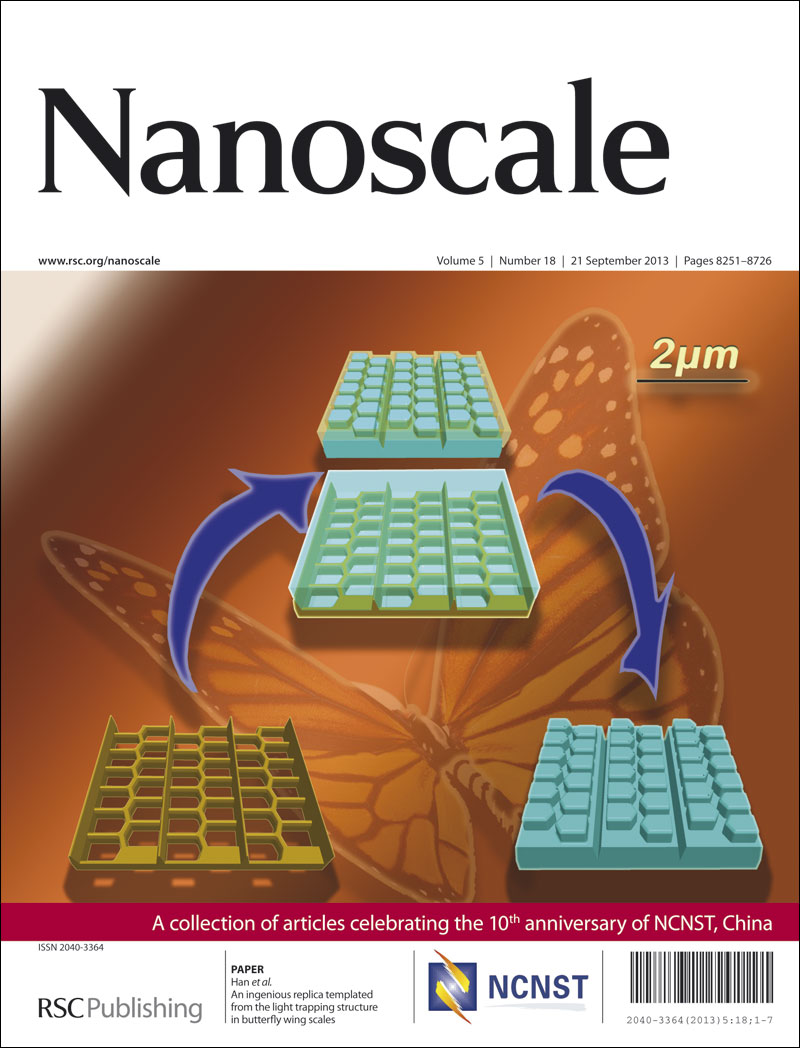Optical spectroscopy of 2D materials
A collection of articles selected by Cinzia Casiraghi
Professor Cinzia Casiraghi, University of Manchester, UK and Associate Editor for Nanoscale and Nanoscale Advances, presents an online article collection featuring her highlights of the latest research published in the journals on optical spectroscopy of 2D materials.
 “Characterization of nanomaterials is of crucial importance as it allows us to get insights on the fundamental properties of novel materials and to tailor them for applications. Optical spectroscopy, amongst all techniques, allows simple and quick inspection of such properties, hence it has been widely applied to nanomaterials.
“Characterization of nanomaterials is of crucial importance as it allows us to get insights on the fundamental properties of novel materials and to tailor them for applications. Optical spectroscopy, amongst all techniques, allows simple and quick inspection of such properties, hence it has been widely applied to nanomaterials.
In this online collection, we have selected an array of two-dimensional (2D) materials related research articles and reviews recently published in Nanoscale, providing examples on use of a wide range of optical characterization techniques, ranging from Raman spectroscopy to absorption and photoluminescence spectroscopy.
In addition to traditional characterization techniques, we have also selected manuscripts reporting emerging techniques, such as near-field spectroscopy and optical trapping, which could further improve the characterization of 2D materials, by providing higher sensitivity and spatial resolution. We hope that the readers find this themed collection informative and useful.”
Professor Casiraghi was recently awarded the 2020 Gibson-Fawcett Award for the development of practical biocompatible inks made of 2D materials and their applications in the biomedical field and in printed electronics.
Read the collection
We hope you enjoy reading these articles.
Best wishes,
Professor Cinzia Casiraghi
University of Manchester, UK













